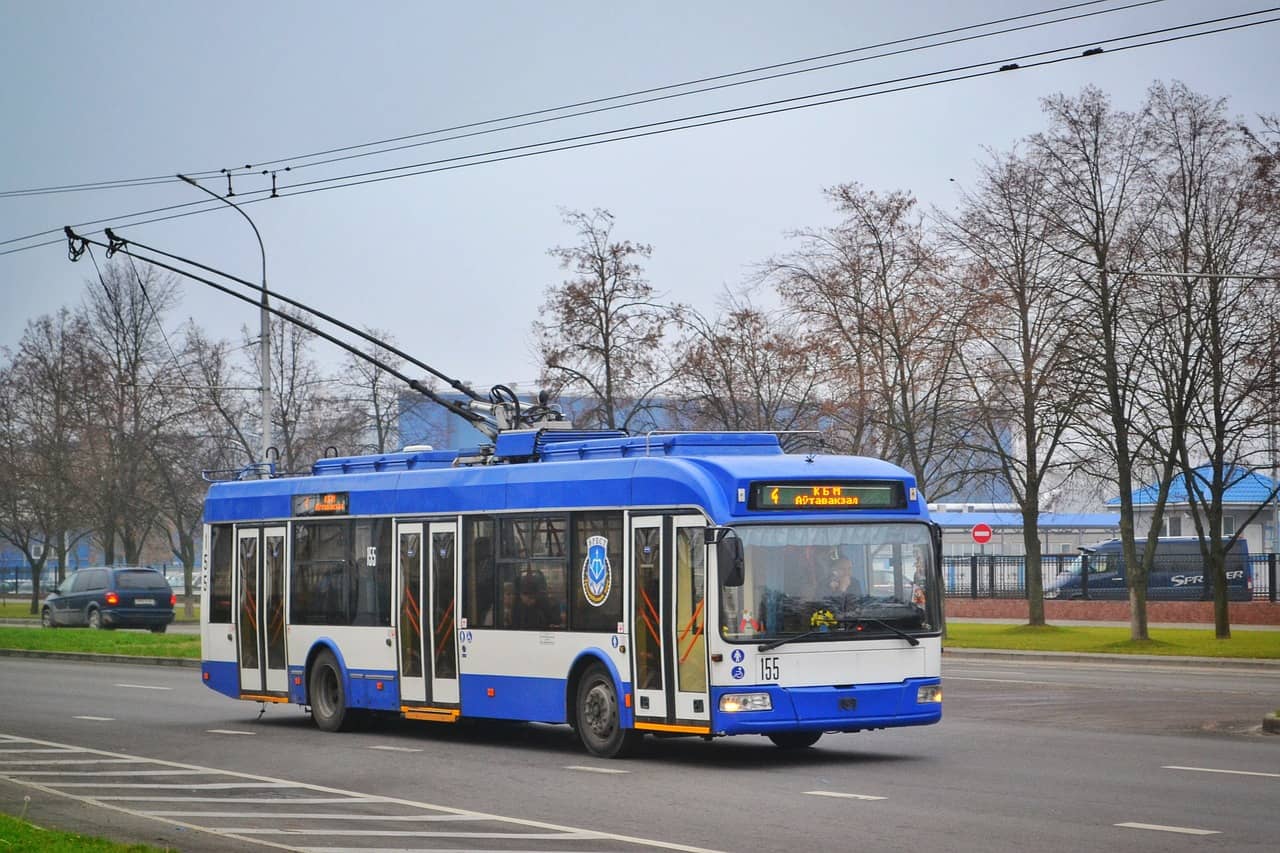Estimated reading time (in minutes)

Implications of the decision for workers and businesses
The recent decision of the Court of Cassation to align the work accident regime with that of work accidents for the calculation of the duration of paid leave has important implications for both workers and businesses .
The Court of Cassation aligns the regime of commuting accidents with that of workplace accidents
The Court of Cassation recently overturned Italian case law concerning the regime for accidents during travel. The decision taken aims to align the treatment of workers who are victims of an accident during a trip with that of workers who are victims of an accident at work, in particular with regard to the calculation of the duration of paid leave .
In other words, according to this decision, workers who are ill following an accident while traveling will be able to continue to acquire leave rights, as is the case in the event of a work accident. This means that even if the worker is unable to work due to an accident on the way back to work or vice versa, they will continue to increase paid leave entitlement as if they had been involved in a work accident.
The decision taken by the Court of Cassation was influenced by a recent judgment handed down by the Court of Justice of the European Union (CJEU). According to the CJEU ruling, any worker on sick leave due to illness, non-occupational accident or commuting accident is entitled to paid annual leave of at least 4 weeks during a full declaration period. This decision is based on Directive 2003/88/EC of November 4, 2003, which establishes workers’ rights in terms of working and rest time.
This reversal of trend operated by the Court of Cassation represents an important change in the Italian legal landscape regarding commuting accidents. The decision will ensure greater protection of the rights of workers who suffer an accident on the way back to work, making them equal to those who suffer an accident at the workplace.
